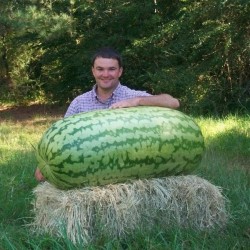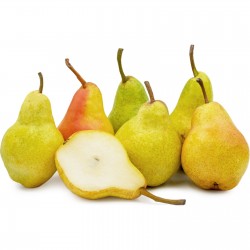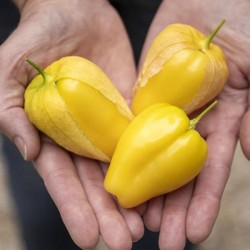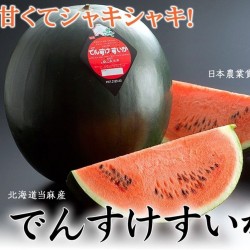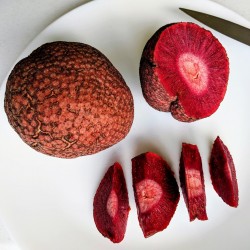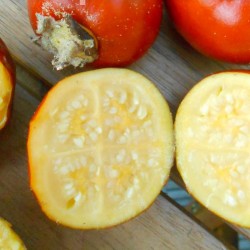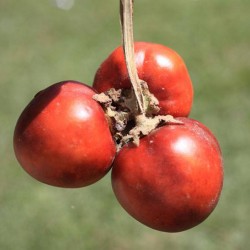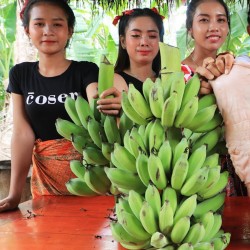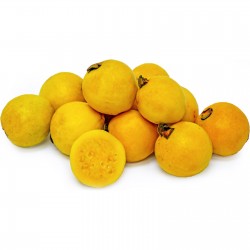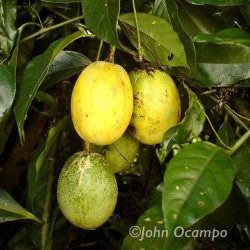Last customers
- Sylvie, Neyruz, Switzerland
- Costas, LARNACA , Cyprus
- Adrian, Ingolstadt, Germany
- Arno, Ehrenkirchen, Germany
- Josef, Hochdorf-Assenheim, Germany
- Ricard, Sant Celoni, Spain
- CORINNE, NOTRE DAME DE LONDRES, France
- william, Dun, France
- Aymeric , Saint tricat, France
- Julien, Scionzier, France
- Davide, London, United Kingdom
- Ioannis , Kato Achaia, Greece
- Maureen , Enniscorthy Co Wexford , Ireland
- Ewa, Galway, Ireland
- Sonia, Minervino di Lecce, Italy
- Fulvio francesco, Santa Domenica Talao, Italy
- Paul, St. Vigil in Enneberg (BZ), Italy
- Samuele, Milano, Italy
- Kimberly, Victoria, Gozo, Malta
- Stef, Waalwijk, Netherlands
- Lasse, 2900, Norway
- Ricardo jorge , Viseu , Portugal
- ionescu, valu lui traian, Romania
- Tanja, Beograd, Serbia
- Radosav, Kragujevac, Serbia
- Zoran, Vinca, Serbia
- Saša , Beograd, Serbia
- Alaa, Alwajh, Saudi Arabia
- Dušan, KRAVANY NAD DUNAJOM, Slovakia
- Pete, Cleves, United States

This plant is resistant to winter and frost.

This plant is edible
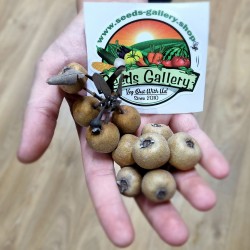
Wild Pear, Almond-leaved...
Price
€2.15
SKU: V 114

This plant is resistant to winter and frost.

This plant is edible
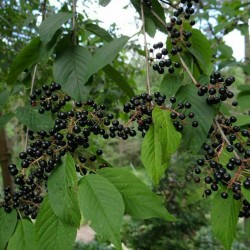
Manchurian cherry Seeds...
Price
€1.85
SKU: V 193





